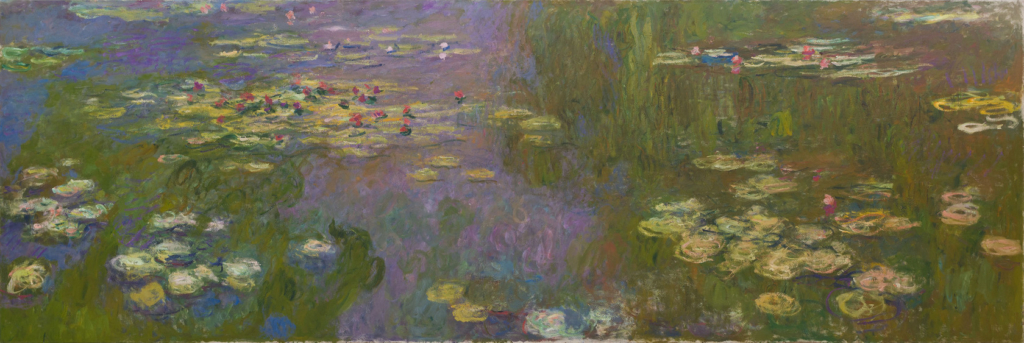- When
-
- Wed., Mar. 27, 2019, 10:15 a.m.–12:15 p.m.
More Dates
- Wed., Apr. 3, 2019, 10:15 a.m.–12:15 p.m.
- Wed., Apr. 10, 2019, 10:15 a.m.–12:15 p.m.
- Where
- Art Theater
- Tickets
- $75 (Members: $66, Students: $45)
Discover Carnegie Museum of Art’s small but powerful collection of medieval objects and the thousand-year period of tremendous triumphs and catastrophes they represent. The fall of the Roman empire, the rise of Christianity, and the ravages of the Black Death all impacted artistic expression, resulting in a rich array of beasts and buildings, monuments and manuscripts, and reliquaries and revivals.
Then, delve into times deeply entrenched in the formation of social identity, debates over religious truths, and the burgeoning Enlightenment. Discuss Italian Renaissance art and objects related to rituals of marriage and gateways to the divine, courtly paintings laden with meaning, and engravings disseminated across cultural boundaries.
Expand the conversation into Northern Europe where the Dutch Golden Age introduced new art such as still life and genre painting.
Register Now
About the Instructor
Jacqueline Lombard is a PhD candidate in the History of Art and Architecture Department at the University of Pittsburgh, where she earned her MA in 2017. She studies the art history of the medieval world focusing on how cross-cultural communication and exchange impacted artistic production. Her forthcoming dissertation explores how sculptors understood and articulated ethnic and racial identity in medieval Europe. Lombard has taught and mentored students across disciplines at Pitt, both in the Art History Department and the Osher program. She has presented her work at several national conferences, and was a member of a Fulbright-Hays research team that produced curriculum on Ethiopian art history and culture for university and K–12 classrooms.
Andrea Maxwell is a PhD candidate in the History of Art and Architecture Department at the University of Pittsburgh. She earned an MA in Art History from Kent State University and an MA in Clinical Psychology from East Carolina University. Maxwell specializes in Italian Renaissance painting, with a focus on social history and theology. Her master’s thesis examined the 15th-century frescoes in the Brancacci Chapel and their function as a visual sermon for church goers. In addition to studying on site in Italy, France, and Germany, Maxwell traveled the United States to visit Kress Collection paintings between the East and West coasts. Her forthcoming dissertation follows the 16th-century artist Girolamo Romanino and situates his Valcamonica church frescoes within the debates of the Protestant Reformation and the formation of local identities in an often-conquered region.


